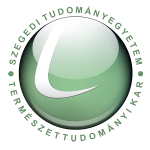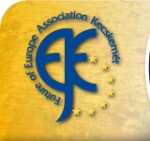| Kecskemet Arboretum Herbs Study trail | |
| About Arboretum |
Common Horsechestnut or Conker tree - Aesculus hippocastanum Habitat
Habit and Form
Summer Foliage
Flowers
Fruit
Bark
Landscape Use
Its Healing Effects While official medicine uses only the nuts of Horsechestnut, or also called Buckeye or Conker Tree, traditional healing methods use its flowers, leaves and rind as well. The so-called Aesculin found in its nuts, is one of the ingredients of medicals used against various diseases of the veinous system or oedema. The active compound of its nuts strengthen vascular and slow down blood clotting reducing the risk of thrombosis. Because of its contractive effects it is also suitable for treating haemorrhoids. The bathing oil containing the essence of its nuts helps keeping the elasticity of the skin. Aesculin is used in sunscreen against freckles. There are also rubbing ointments and bath salts containing its agents against bruises or cardiovascular disturbs. According to traditional healing methods its leaves can be used for treating rheuma, thrombosis or vericose vein. The bark has antifebrile effect. After eliminating toxic saponin from the nuts, the wholesome starchy porridge is ideal for people on slimming diet, but it can be consumed as flour or coffee as well. Yellow paint is extracted from the bark.
|
| Study Trail's Herbs | |
| Herbal basics | |
| Resources | |
| Impressum | |
| Gallery | |
 |
|
|
Sponsors: |
|



